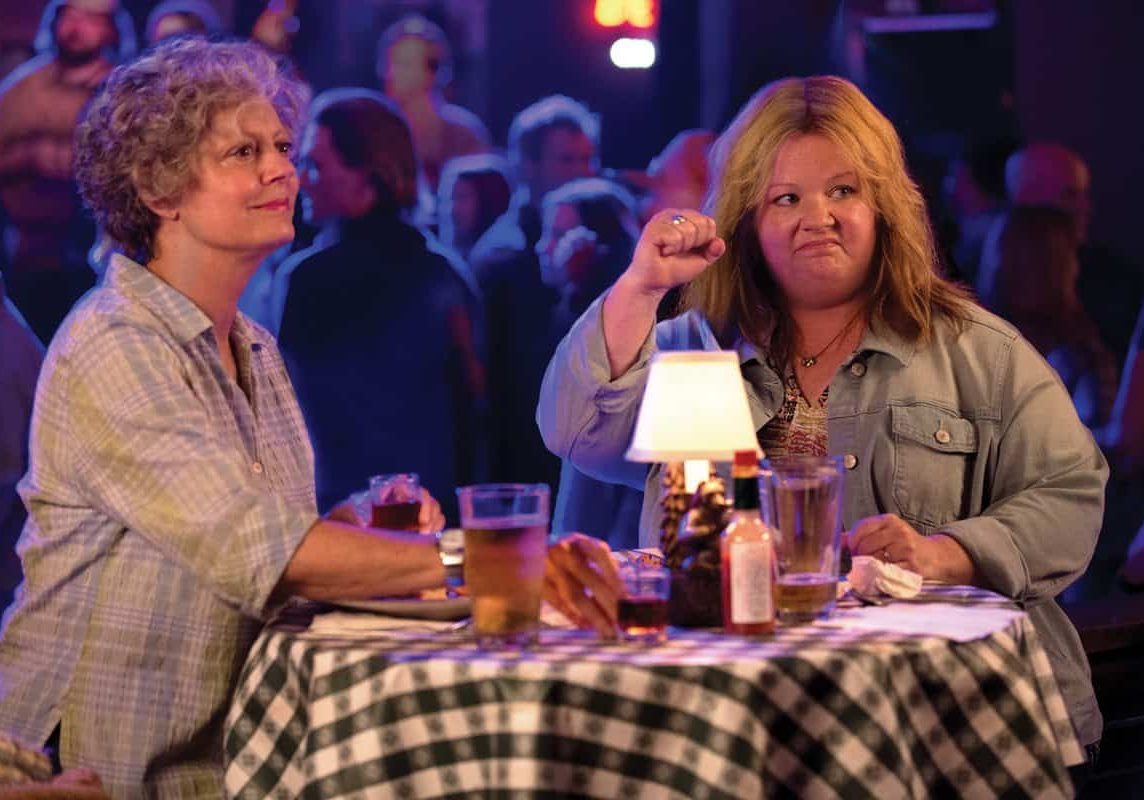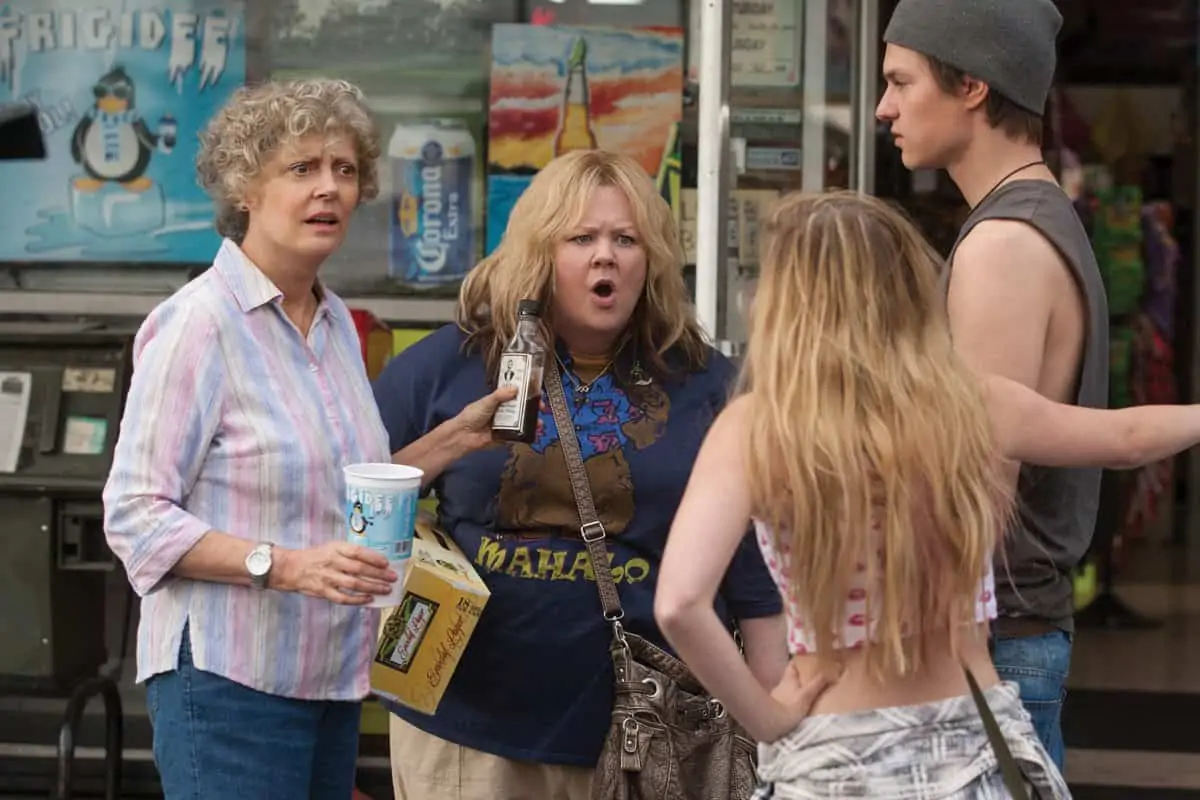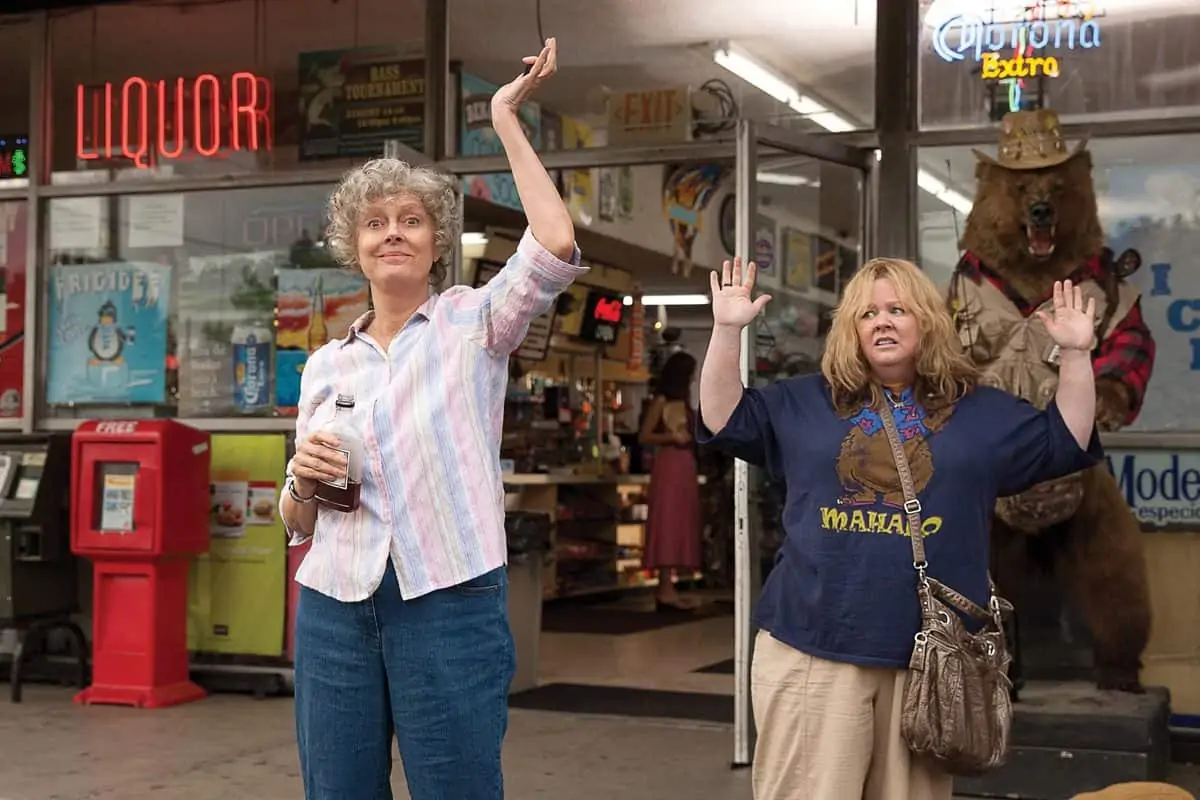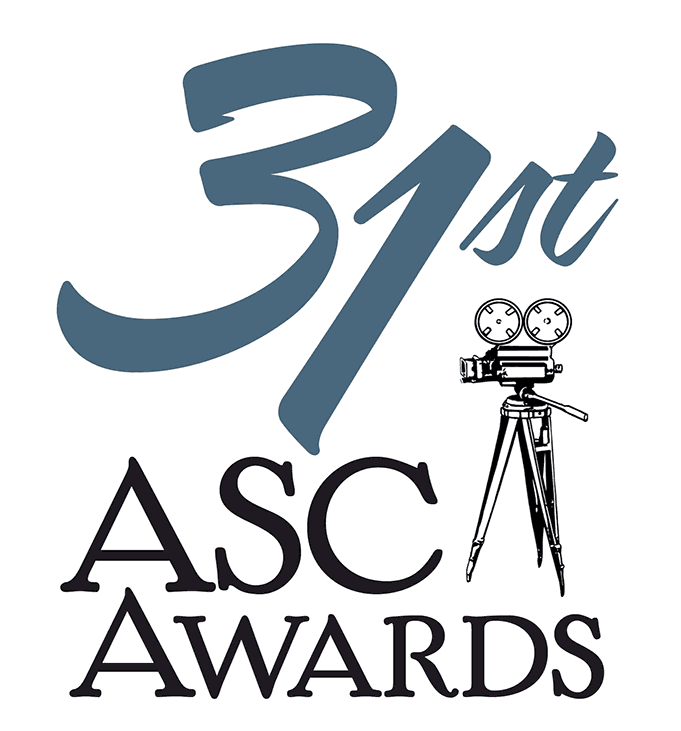Funny Girl
Russ Alsobrook ASC / Tammy

Funny Girl
Russ Alsobrook ASC / Tammy
Russ Alsobrook ASC – known for his many comedies like Forgetting Sarah Marshall, Superbad, Role Models and Fox’s New Girl – has a mantra: “We don’t shoot comedies, we shoot movies that happen to be funny.”
It was from this adage that Alsobrook began his creative conversations with husband-and-wife writing team Melissa McCarthy (also the star) and Ben Falcone (also the director) of this summer’s whacky, yet heartfelt, road trip romp Tammy.
“Both Melissa and Ben were equally involved in all creative processes,” says Alsobrook, who reveals that they were able to come in under schedule and under budget. “Ben and Melissa are so savvy. They know exactly what they want, and because of their acting experience they know they have it, and they move on.”
Their first discussions centred on whether to shoot film or digital. While screening comparative clips at Fotokem, there was “an audible reaction in the room when the film clips were shown,” he explains. “They were predisposed to shoot film and we decided right then that film was going to be our medium.”
One of the reasons McCarthy and Falcone were interested in working with Alsobrook was because of the look he gave Superbad. They weren’t going for a typical comedy look that can often seem overly bright and plastic, but rather were searching for a realistic approach to tell their story, and Superbad had a dark, almost comedy noir treatment.

“It was edgier than most comedies,” says Alsobrook, “and they liked that approach. We used that as a jumping off point. However, there is a certain expectation from the audience, and often from the studio, as to how a ‘comedy’ is supposed to look. You can’t go too dark or the audience won’t be able to connect [to the comedic elements]. In a drama, with darkness in the characters and situations, you can go darker and edgier, more silhouette and half-light, and the audience will accept it. I always say that the script and story informs the style, and if you’re telling the story in the best way possible, then the style will make itself known. We settled on an approach I like to call ‘enhanced naturalism’”.
Generally in comedies female characters are shot with an emphasis on attractiveness. But in Tammy, where Susan Sarandon co-stars as Tammy’s grandmother – quite a few years older than Sarandon in real life – Alsobrook and his gaffer of over 30 years, Curtiss Bradford, had to take it down a notch. “We needed her natural glamour toned down,” Alsobrook explains, “making her look much older and to devise lighting to help emphasise her fictional age.”
Tammy’s lighting was also very specific to the fairly radical character arc she endures. She begins the story as a broken woman, beaten down on the worst day of her life. Throughout the course of the movie she gradually transforms, coming out the other side looking beautiful and glamorous. To help that character arc and the audience experience of it, the lighting and lens approach factored in a great deal.
“Tammy goes through a substantial change from a lost and lonely woman, with near-zero self-esteem, to a bright and energetic woman ready to take on the world,” offers Bradford, who was able to give additional insight. “To further that intent, the early scenes have a hard and edgy look where the sunlight streaming through windows doesn't bathe Tammy in a golden glow, but rather it gave us the opportunity to put her in angular shafts that show the flaws in the character’s predicament.
“In the drive-through burger joint, where we would typically take an actress out of the unattractive florescent overhead lights, we let Tammy wallow in their green cast. For night exteriors, when a diffused 18K in a condor as a back light and a 12x12 bounce light that makes a beautiful key would be pleasing, we chose to go with pools of light and generalised fill to make it a moodier, grittier atmosphere. As Tammy progresses though the story we added a complimentary fill light here, a touch more glamorous back light there, until it was time to give her the full beauty treatment: luscious key light all around the lens with a back light in just the right place to reveal her true beauty.”

"Photography has to feel secondary and support the story."
- Russ Alsobrook ASC
To accomplish these lighting techniques and complement the lights provided by Screen Gems in Wilmington, North Carolina, where the film was shot all in practical locations, Alsobrook chose Kodak Vision3 500T 5219 and 200T 5213 – which he calls “really versatile stocks” – using a Panaflex Millenium with Panavision Primo Zooms and Primes. He used no filtration except for colour correction filters and NDs because he, McCarthy and Falcone wanted to give it a realistic approach, and Alsobrook felt the filmstocks had enough inherent softness without the use of additional diffusion.
“Forgetting Sarah Marshall and Role Models were both shot on film,” says Alsobrook, “but, these days I mostly shoot digital. I still think film has an elegant simplicity that allows you to shoot more with your instinct – what I call ‘shooting from the heart’ – as opposed to being burdened by all the scientific accessories that go with shooting digital. And during the transition period when we were all still fighting for film, I used to say digital is too much science and not enough art. But, of course, now you can do wonderfully beautiful pictures with digital. When I do shoot digitally, I prefer the Alexa.”
A studio executive during the filming of Forgetting Sarah Marshall told Alsobrook: “I like your style. The camera never gets in the way of the joke.” And in the same vein as Alsobrook’s original mantra, there is the desire to keep the photography from overshadowing the story or performance.
“Photography has to feel secondary and support the story” he insists. “The audience shouldn’t walk out saying it was the most beautiful photography they’ve ever seen, rather that it was the funniest, saddest or scariest movie they’ve ever seen.”










